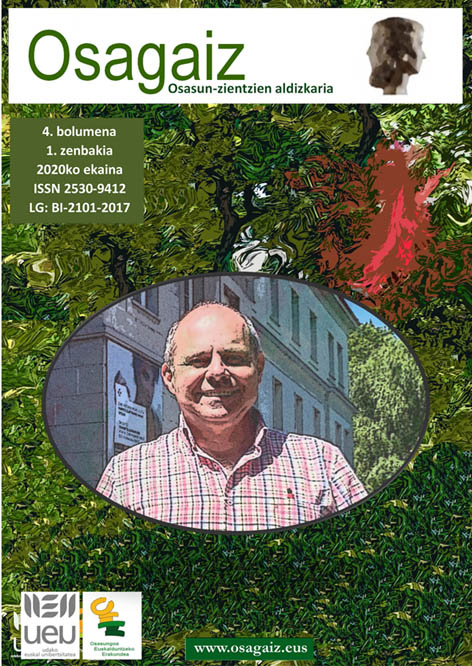Abstract
Cardiovascular disease (CVD) is the main cause of mortality worldwide, and is heavily related to diet and sedentary lifestyle. However, it can also be developed due to genetic factors. Familial Hypercholesterolemia (FH) is a common inherited autosomic disease mainly related to mutations in 3 different genes. FH is associated with high plasma LDL cholesterol (LDL-C) levels that increase the risk of suffering from CVD. This review aims to summarize the current knowledge on FH related genetic factors, disease diagnosis, treatment and the involvement of FH in the development of CVD.

